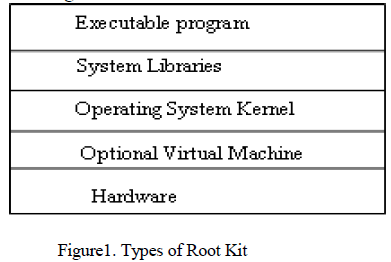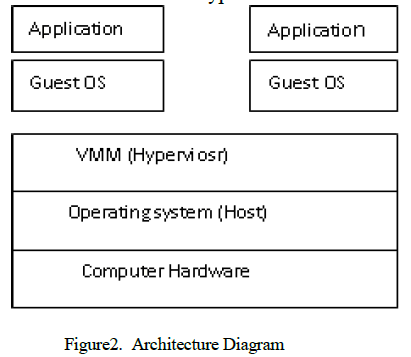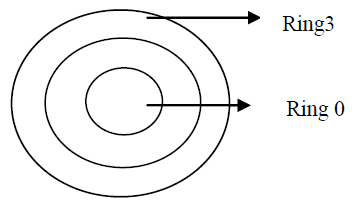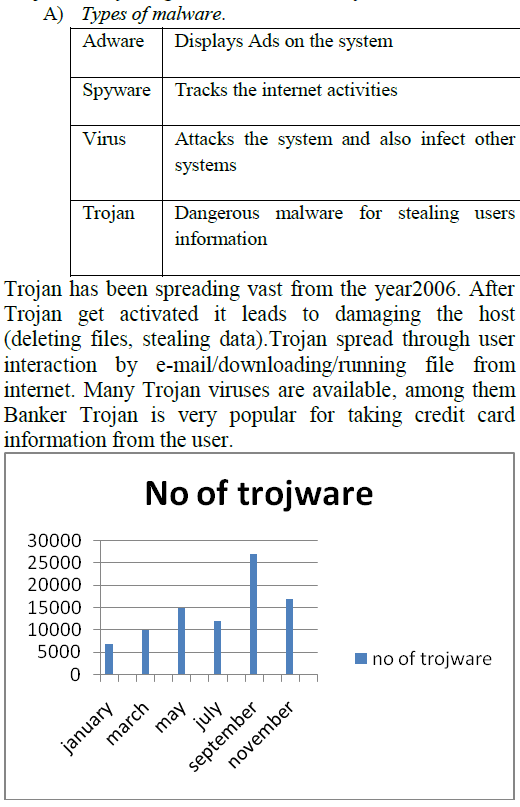ISSN ONLINE(2319-8753)PRINT(2347-6710)
ISSN ONLINE(2319-8753)PRINT(2347-6710)
| R.Priyadharshini, S.Vijayakumar Velammal Engineering College, “Velammal Nagar ”, Ambattur-Red Hills Road, Chennai,India. |
| Related article at Pubmed, Scholar Google |
Visit for more related articles at International Journal of Innovative Research in Science, Engineering and Technology
In vehicles the manufacturer provide analog meter for displaying the parameters like speed, temperature, fuel level and so on. Analog meters lack in accuracy, calibration, precision, robustness and shot life time when compared with the digital systems. So here we use digital display called TFT (thin film transistor) which is used to display the parameters of the vehicle in graphical and in data form. When interfacing more sensors the microcontroller needs CAN (Controller Area Network) bus. So PIC controller with in-built CAN transmitter and receiver which is for transmission and reception of data between the nodes. For a better performance of the CAN bus we use dynamic priority protocol. This can improve the real time transmission of data especially data with low priority. By using CAN bus we can reduce the complexity of the connection present in the vehicle. TFT display has many advantages such as TFT monitors produce less heat and radiation making a very crisp image. The image displayed will be of less glair/flicker with much finer quality-everything is much clear and colors are more varied and defined.
Keywords |
| CAN bus, TFT display, signal conditioning circuit. |
INTRODUCTION |
| This module is designed for earth movers like wheel loaders, bulldozers, backhoes, Road Rollers, pile drivers etc. These heavy vehicles have only conventional and analog control panels and indicators to monitor the vehicles engine parameter. There are various problems faced in the analog meters. Those problems are tackled by monitoring the engine parameters through microcontroller using CAN bus. The microcontroller PIC 18F4580 get the analog transducer values and transmit the values to the master device via CAN bus and display the values in the TFT display. |
| Figure 1 shows the operators cabin where analog displays are used for displaying the parameters of engine. |
SYST EM LAYOUT |
| A. System Component |
| In this design we use sensors to gather the information from the engine some of the parameters are lubricant oil pressure, engine coolant temperature, RPM, fuel level sensor, transmission oil pressure. |
| These components send the signal to the microcontroller unit which is present separately for each and every sensor. The signals given by the sensors are analog so it is given to the ADC unit which is in built in the controller. The controller used here is PIC18F4580 which consist of in built CAN bus for the signal transmission from slave units to the master end which displays the value to the user. |
 |
 |
OPERATIONS OF SYSTEM COMPONENTS |
| A. Microcontroller (PIC18F4580) |
| This PIC controller family has a high computational performance at a low price with additional endurance, enhanced flash program memory, with this PIC 18F4580 has a facility of internal ECAN and logical choice of many high performance, power saving applications. |
| ECAN technology module features: |
| Message bit rates up to 1Mbps |
| Three modes of operation-legacy, enhanced legacy, FIFO. |
| Three dedicated Transmit buffers with prioritization. |
| Six programmable receive/transmit buffers |
| Automatic remote frame handling |
| Advanced error management features |
| B. Engine coolant temperature |
| The engine coolant temperature sensor is basically a thermistor which is negative temperature co efficient. When the ECT is low the resistance is high and vice-versa. The ECT is fixed in the cylinder head or engine block to determine the engine temperature. |
| C. Oil Pressure S ensor(PSS100R) |
| OPS is used to measure the transmission oil pressure(TOP) and lubricant oil pressure(LOP) in relation to ambient pressure. The maximum pressure which can be measured using OPS is 200 bars and with sensitivity of 40mV/bars and its response time is 1.5ms. Inside the engine head the LOP sensor is placed. The pressure sensor is placed in the gear box as the transmission oil is very much necessary for the gear box. |
 |
 |
| the controller and then burns the code by selecting the hex file from the system. |
| A. MPLAB IDE |
| MPLAB IDE is used for programming the microcontrollers. It is a free integrated toolset for the development of embedded applications. The compiler to be used should be selected before the program is built and run. This IDE is developed by the Microchip technology. |
| B. C18 compiler |
| The compiler which is used to transform source code into object code, it is a computer program. It has inbuilt functions for I2C, ADC, delay, pragma and numerical control functions. It is an optimizing ANSI compiler for PIC18 microcontroller. This compiler is a 32 bit Windows console application. |
| C. TFT display |
| The display can be programmed using workshop4 IDE. In that there is a separate tool called Visi Genie which programs the TFT display serially using the USB port which will be provided by the manufacture. A micro SD card is needed to program the source files and to gather the multimedia files. Once the display is programmed the controller can be interfaced with the display for the application. |
CONCLUSION AND RESULTS |
| Here the CAN communication is done to collect all the data from the slave devices and to give it to the master to display the parameters through the TFT display. The CAN communication is selected due to its reliability, very good network stability and good inter-device communication. |
| The TFT is used to provide a very crisp image and to provide the output on multi colors. As an enhancement the same application can be done with wireless communication between the controllers. |
 |
| The above snap shot represent the connection of the proposed system in the proteus software. In this the program for the proposed system will be loaded and run. |
References |
|